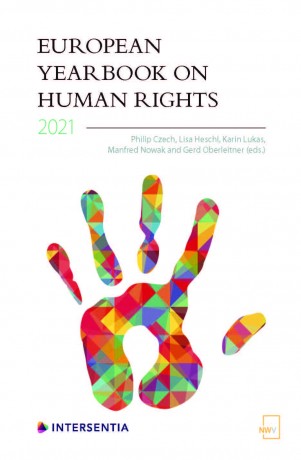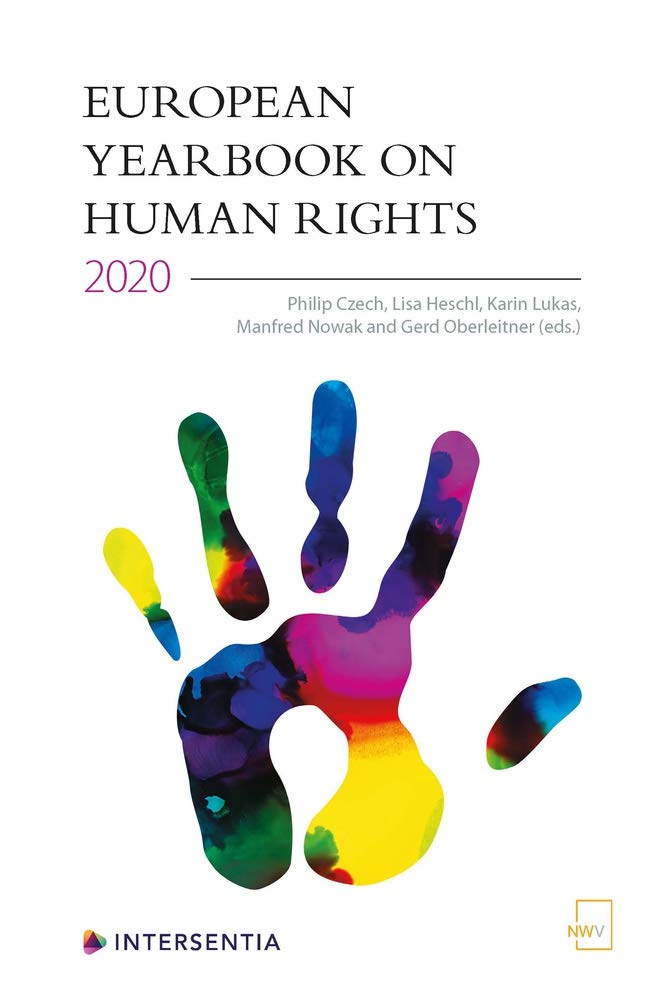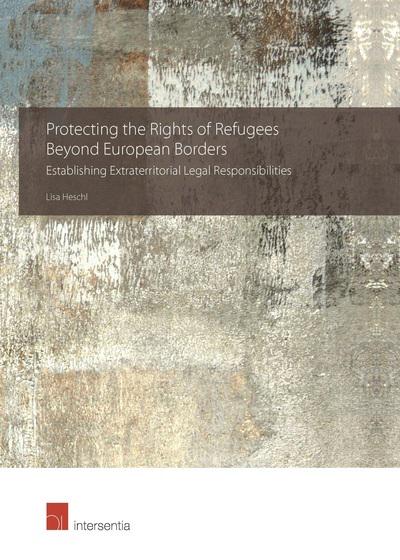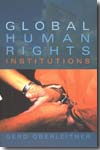European yearbook on Human Rights 2021
- ISBN: 9781839701627
- Editorial: Intersentia Ltd.
- Fecha de la edición: 2021
- Lugar de la edición: Cambridge. Reino Unido
- Encuadernación: Rústica
- Medidas: 24 cm
- Nº Pág.: 688
- Idiomas: Inglés

COVID-19 and the wide range of emergency measures that governments and policy makers have introduced in the name of fighting the pandemic have shaped our lives over the past year and a half. The thirteenth edition of the European Yearbook on Human Rights takes the opportunity to reflect on the impact that COVID-19 has had on human rights and to assess the proportionality and necessity of state responses to the pandemic in order to ensure a resilient human rights system in the future. Renowned scholars, emerging voices and practitioners provide a cross-section of human rights issues in their contributions. These issues range from the underlying considerations of justice and equality and access to resources, to the protection of core human rights during the pandemic, such as the right to health, the right to hold democratic elections and the protection of vulnerable groups, including the elderly, persons with disabilities and migrants.
In this way, the European Yearbook on Human Rights 2021 raises awareness of the complexities of human rights protection during a pandemic and beyond, and stimulates debate and further research in the field in order to ensure that future responses to crises not only pay respect to human rights, but are rooted in them
PART I. HUMAN RIGHTS IN TIMES OF A PANDEMIC
Early Lessons Learnt from the COVID-19 Pandemic and the United Nations Response (p. 1)
The Pandemic and the Ethical Dilemma of Limited Resources: Who to Treat? (p. 9)
Social Contract in Public and Corporate Governance: Metaphor or New Morality? (p. 27)
Positive Obligations to Protect against Epidemic Outbreaks under Human Rights Law (p. 51)
Elections in Times of COVID-19: A Human Rights Perspective (p. 81)
The Effects of COVID-19 on the EU Approach on the Rule of Law: Implications for the Commission and European Parliament (p. 109)
Creating a European Health Union in Times of COVID-19: A Trajectory Towards a Fundamental Right to Health Care? (p. 137)
The Right to a Healthy Environment as an EU Normative Response to COVID-19 Th eoretical Framework (p. 159)
The EU Sustainable Finance Agenda: A Strengthened Case for Human Rights in Times of COVID-19 (p. 187)
Human Rights of Residents in Long-Term Care Facilities During COVID-19: Saving Lives at the Cost of Deprivation of Rights? (p. 209)
The Transition from Institutional Care to Community Living in the EU: Lessons Learned in the Shadows of the COVID-19 Pandemic (p. 231)
Migrants at Sea Amid the Coronavirus Pandemic: The Perfect Pretext for Endorsing à la carte Respect for Human Rights (p. 259)
The European Approach to Irregular Migration in Pandemic Times: The More Things Change, the More they Stay the Same? (p. 285)
Implementing the UN Global Compacts for Refugees and Migrants in Times of Pandemic: A View from the EUMS (p. 319)
Technology Companies’ Due Diligence and the Responsibility to Respect Amid COVID-19: What are Proportionate Means where there is Power and Reliance? (p. 349)
Serbia’s Compliance with Article 2(1) of the International Covenant on Economic, Social and Cultural Rights in Times of the COVID-19 Pandemic: Pandemic or Endemic? (p. 381)
PART II. HUMAN RIGHTS IN EUROPE AND BEYOND
Business and Human Rights in Europe 2011–2021: A Decade in Review (p. 407)
Towards Mandatory Human Rights Due Diligence in the European Union? Opportunities and Challenges for Corporate Accountability (p. 449)
The European Union’s Global Human Rights Sanctions Regime and the ‘Role Responsibility’ of International Organisations (p. 475)
National Human Rights Institutions: An Emerging Human Rights Actor in the European Union (p. 499)
PART III. JURISPRUDENCE BY THE COURTS
The Right to an Effective (and Judicial) Examination of Election Complaints (p. 541)
The Case Law of the ECtHR in 2020 in the Light of the Principle of Systemic Harmonisation (p. 569)
The Court of Justice of the European Union and Human Rights in 2020 (p. 617)
PART IV. HUMAN RIGHTS INSIGHTS
Building Bridges between Local Governments and the Scientific Community to Promote Human Rights (p. 651)
PART V. BOOK REVIEWS
Gwynne L. Skinner, Rachel Chambers and Sarah McGrath: Transnational Corporations and Human Rights (p. 663)
Mario Viola de Azevedo Cunha, Norberto Nuno Gomes de Andrade, Lucas Lixinski and Lúcio Tomé Féteira (eds.): New Technologies and Human Rights: Challenges to Regulation (p. 665)
Mariagiulia Giuffré: The Readmission of Asylum Seekers under International Law (p. 669)
Jure Vidmar (ed.): European Populism and Human Rights (p. 671)
Bridget Lewis, Kelly Purser and Kirsty Mackie: The Human Rights of Older Persons: A Human Rights-Based Approach to Elder Law (p. 675)
Michael Stohl and Alison Brysk (eds.): A Research Agenda for Human Rights (p. 677)
Kyriaki Topidi (ed.): Normative Pluralism and Human Rights: Social Normativities in Confl ict (p. 679)
Jonathan Herring: Domestic Abuse and Human Rights (p. 681)
Sara De Vido: Violence against Women’s Health in International Law (p. 683)









